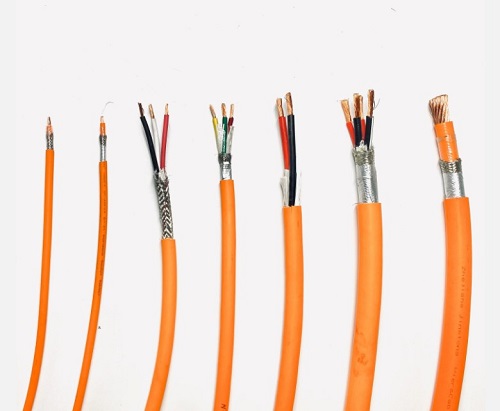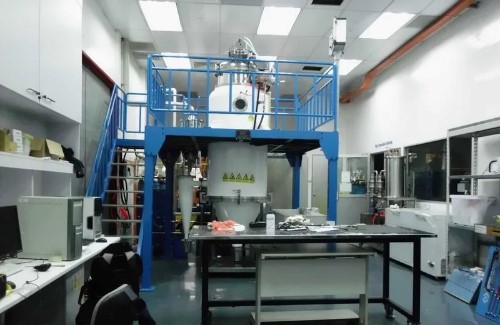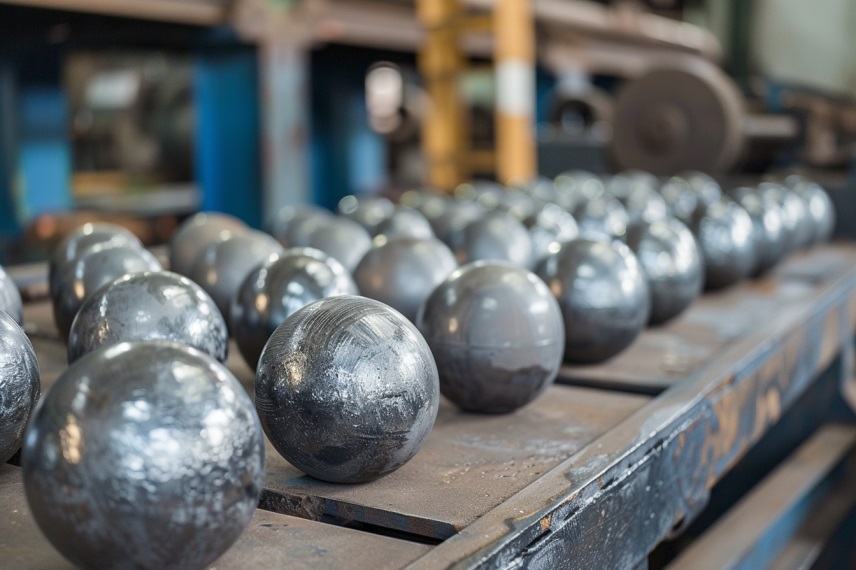Nanoparticles to Replace Needle and Thread for Wound Closure
Nanomedicine is promising numerous breakthroughs in the world of medicine and surgery. In a recent Angewandte Chemie journal, French researchers suggested that they had found a new method for wound closure by effectively gluing aqueous nanoparticle solutions to repair tissues and control bleeding. According to the animal tests used for the study, the procedure is easy to use, quick and effective even when traditional methods have failed or are very traumatizing.
Staples and sutures have been effective in surgery and wounds treatment. However, a challenge with them sets in when the body parts affected are inaccessible or in the event of an austerely invasive surgeries. After all, stitching can be destructive to soft tissues or vital organs such as kidney, lung, spleen, and liver.
The inadequacies of conventional methods clearly show that there is a dire need for a good adhesive. However, this adhesive must be placed in a wet environment so that the repaired area is exposed to some form of a strain. Adhesive technologies used in the past have had issues such as insufficient strength, presence of toxic substances causing inflammation, numerous complications during implementation due to chemical polymerization and others required a controlled cross-linking reaction.
The research team has demonstrated the use of these nanoparticles made from stober silica and iron oxide in healing rats with deep wounds in liver and skin. The particles have also being experimented with soft tissues to repair polymer membranes even during blood flow, as is the case with liver resection that yields a lasting homeostasis in a minute.
Another research team in Paris has also advanced these findings by successfully testing a very new approach of closing living tissue. In this test, the just applied droplets of the nanoparticle solution to the affected area, pressed it, and the wound closed in about a minute. The principle behind this technology involves spreading out the nanoparticles across the surface and fastens to the molecular network of the tissues by attracting adhesion. Because there are a very large number of nanoparticles present, millions of bonds firmly bind the two surfaces together.
This process does not require any chemical reaction. There is no artificial barrier produced and it generates direct contact within the edges of the wound without the help of an artificial barrier. It is possible to adjust the positioning of the edges of the wound. The nanoparticles involved in his principle are also extremely tiny such that they do not affect the healing process of the wound. This means that this technology is going to be of great use to hemorrhagic conditions for traumatic liver wounds where sutures cannot be applicable.









